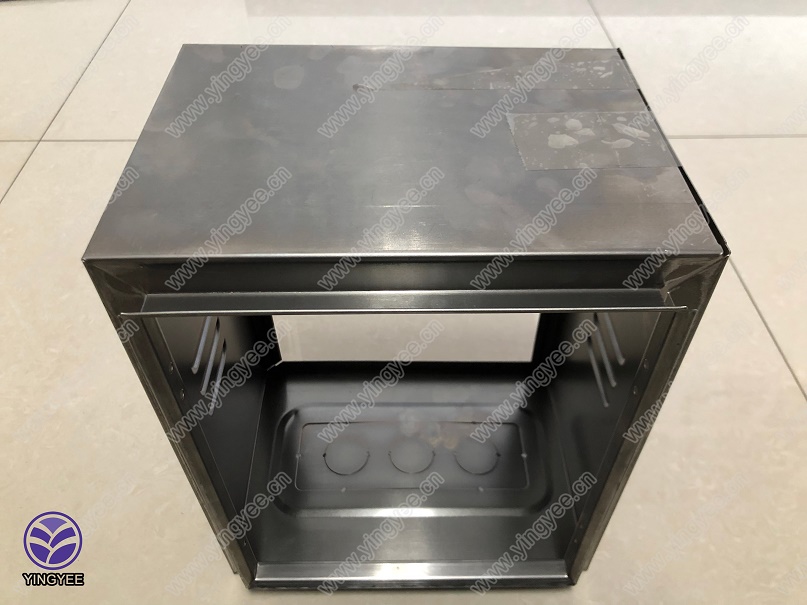
Cable Tray Production Line An Overview of Design, Production, and Industry Trends
Cable trays are essential components in modern electrical installations, providing support for electrical cables and ensuring organized and efficient cable management. The production line for cable trays is a vital part of the manufacturing sector, designed to produce a variety of cable tray types and sizes that meet the needs of different industries, including telecommunications, construction, and energy. This article delves into the components, processes, and advancements in cable tray production lines.
Design and Types of Cable Trays
Cable trays come in various designs, including ladder trays, solid bottom trays, and perforated trays, each serving specific functions and benefits. Ladder trays are ideal for heavy-duty applications due to their open design that allows for advanced heat dissipation. Solid bottom trays are commonly used in environments where small items like wires or cables need protection from external factors. Perforated trays offer a balance between the two, providing support while allowing some airflow.
The design phase of cable tray production is crucial. Engineers consider factors such as load capacity, environmental conditions, and international standards. Computer-aided design (CAD) technologies are commonly used to create detailed models, making it easier to visualize the final product and plan the production process efficiently.
Production Processes
The production line for cable trays typically involves several stages
1. Material Selection The primary materials used for cable trays include steel, aluminum, and fiberglass. Steel is often coated with zinc or other protective finishes to enhance corrosion resistance, while aluminum is favored for its lightweight and non-corrosive properties.
2. Cutting and Forming Once the materials are selected, they are cut into predetermined lengths using precision cutting tools. After cutting, the metal sheets are formed into the desired shape using bending machines. This stage is crucial in ensuring that each section meets the specified dimensions for proper assembly.
3. Welding and Assembly For certain types of trays, welding is necessary to join components securely. In automated production lines, robotic welding machines ensure precision and speed, reducing human error and increasing overall efficiency. Following welding, trays may go through an assembly process, where additional accessories like connectors and brackets are attached.
4. Surface Treatment To prolong the lifespan of the trays and enhance aesthetics, surface treatments are performed. This may include galvanizing, powder coating, or painting. Each method provides protection against rust and various environmental factors.

5. Quality Control Throughout the production process, quality control measures are implemented. Samples of trays are tested for dimensional accuracy, weight capacity, and finish quality, ensuring they adhere to industry standards.
6. Packaging and Distribution Finally, completed trays are carefully packaged to prevent damage during transportation. Efficient logistics systems are essential to facilitate timely deliveries to clients across various sectors.
Industry Trends and Innovations
The cable tray manufacturing sector is evolving in response to technological advancements and changing industry demands. Key trends include
- Automation The integration of automation in production lines has significantly increased efficiency. Automated cutting, forming, and welding processes reduce labor costs and production time while enhancing precision.
- Sustainability Environmental consciousness is influencing production practices. Manufacturers are exploring eco-friendly materials and processes to reduce waste and lower their carbon footprints. Recycling programs for metal scraps and the use of sustainable coatings are examples of this trend.
- Smart Manufacturing With the rise of the Internet of Things (IoT), smart manufacturing practices are being adopted. Real-time data collection and analysis allow manufacturers to monitor machine performance, predict maintenance needs, and optimize production schedules.
- Customization As industries demand more tailored solutions, manufacturers are increasingly offering customizable cable trays. This allows clients to specify sizes, materials, and finishes that meet their unique project requirements.
Conclusion
The cable tray production line is a sophisticated blend of engineering, technology, and manufacturing processes that responds to the evolving demands of various industries. As the sector embraces automation, sustainability, and customization, the future of cable tray production lines looks promising. These advancements not only enhance efficiency but also contribute to safer and more organized environments for electrical installations, ultimately supporting the growth of infrastructures worldwide. Whether in construction, telecommunications, or energy, high-quality cable trays continue to be a vital component in ensuring reliable and efficient electrical systems.